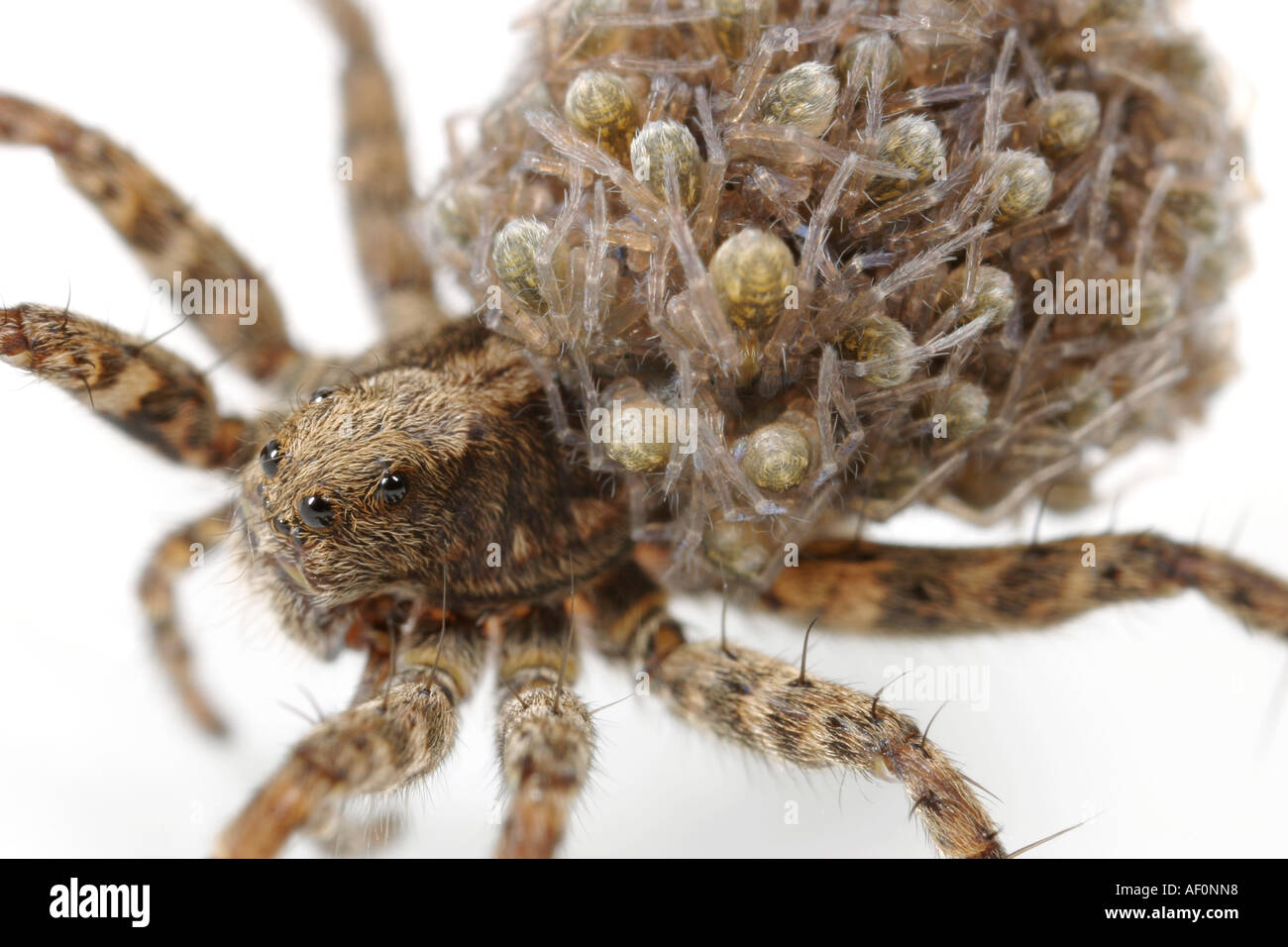


Prey that is detected with the two AME direct eyes and localized with the four PME indirect, light sensitive eyes is step one step two is capture. Night-hunting wolf spiders evidently had a different set of environmental stress factors favoring four large indirect PME’s that provide a relatively clear image of their crepuscular prey. It is likely that web entrapment spiders evolved subsequent to the first emergence of ancestral spiders whose vision was paramount and their ocular needs declined leading to the involution. It is not clear why spiders evolved with multifunctional eye sets most spiders have rudimentary vision, relying on web vibrations to direct them to their ensnared prey. The indirect eyes have tapeta which are layers of light sensitive crystals for low light vision they shine in the dark when exposed to a flashlight. They are not unique in eye count as most spiders have eight eyes that are divided into two groups: the main or direct eyes are at the top center of the combined head and thorax fore-body or cephalothorax (called anterior median eyes or AME) the indirect eye sets are located below (posterior median eyes or PME) and on either side (posterior and anterior lateral eyes or ALE and PLE). There are some 200 species of wolf spider in North America, including some beyond the Arctic Circle, and approximately 50 in Eurasia wolf spiders are global, a testimony to their adaptability.Īs vision is one of the most critical attributes of ranging hunters, wolf spiders are endowed with an octet of eyes arrayed in three rows that act in concert to provide near, far and peripheral vision with emphasis on the reduced light conditions that prevails in their nocturnal hunting forays. In this they are quite successful the evolutionary pressures of survival endowed them with four significant attributes: runners’ legs a wrestler’s robust strength apatetic coloration and a well-adapted ocular capability. Unlike most of their araneidal brethren (spiders are in the order araneida), they do not ensnare prey with webs but rather seek them out in what amounts to a wolf-like hunt on eight legs an assault characterized by ambush, speed and stamina. Potpourri: Wolf spiders of the Family Lycosidae are hunter-killers. Spp is the abbreviation for species to be inclusive of any species in the genus wolf spiders are quite variable in color and size. Scientific Name: Lycosa spp – The generic name is the Latin word for wolf. Common Name: Wolf Spider, Ground spider, Hunting spider – The predatory practices of the arachnid are analogous to those of a wolf they chase and then pounce.


 0 kommentar(er)
0 kommentar(er)
